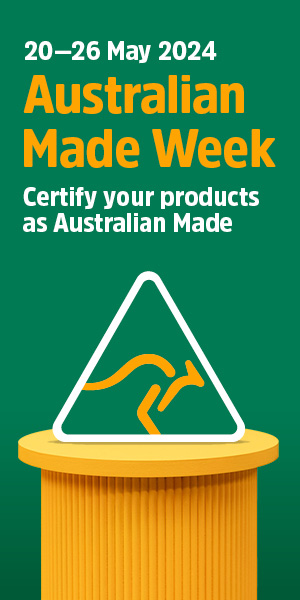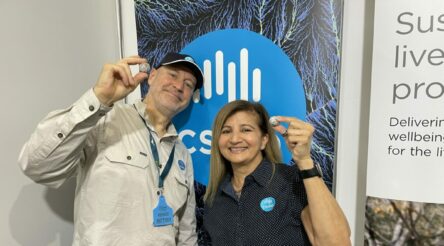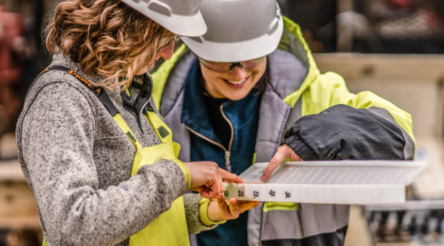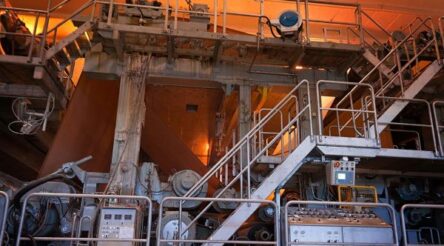Lithium niobate back in style, offers chip manufacturing hope for Australia: researchers
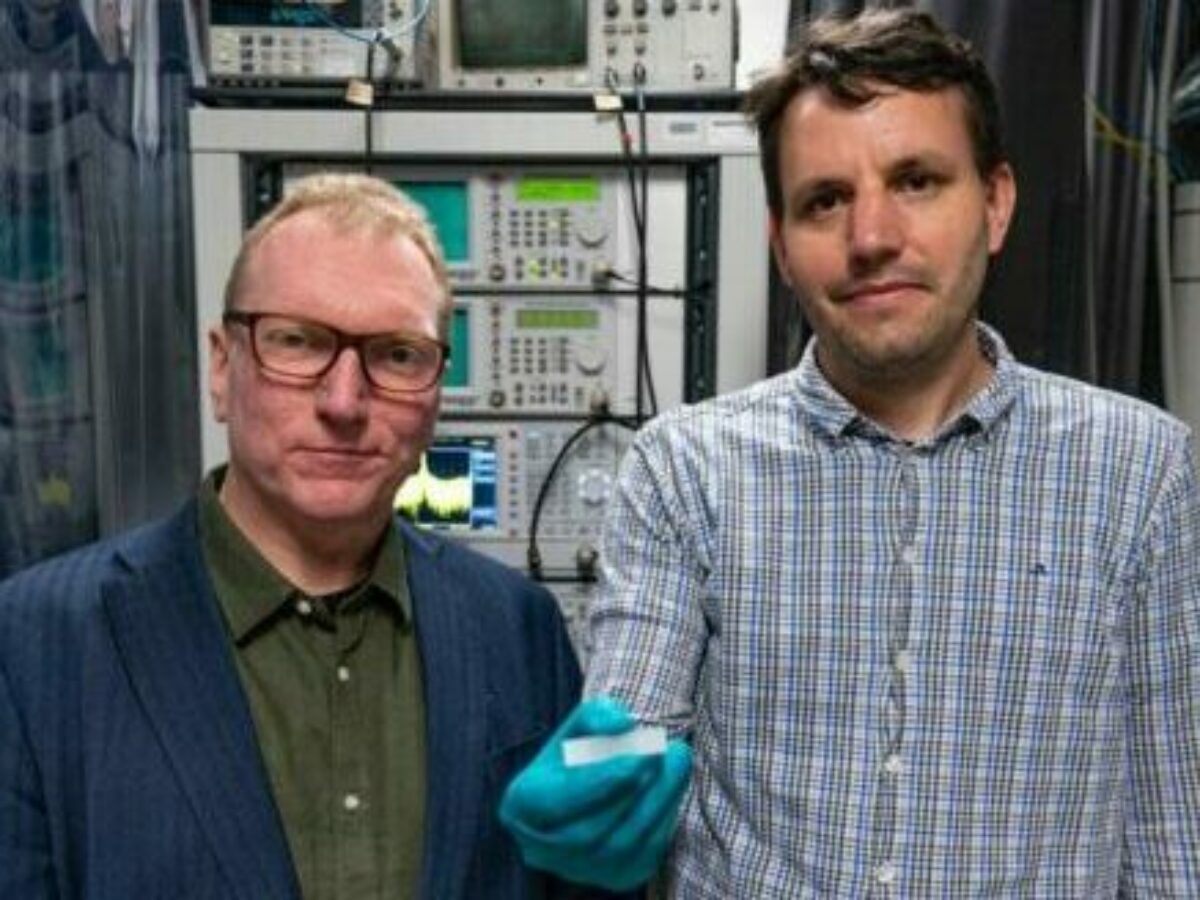
A material first grown in 1949 is seeing renewed interest for its usefulness in photonics, an Australian-led team of researchers have noted in a review of lithium niobate published in Science.
“Lithium niobate photonics: Unlocking the electromagnetic spectrum” is a recently-published article led by University of Adelaide’s Dr Andy Boes and RMIT University’s Distinguished Professor Arnan Mitchell and featuring international collaborators.
The artificial material, said Boes, could “generate and manipulate electro-magnetic (EM) waves across the full spectrum of light, from microwave to UV frequencies.”
The article notes that large-scale manufacturing of thin-film lithium niobate is enabling photonic integrated circuits on silicon wafers.
“The ability to manufacture integrated photonic chips from LN will have major impact on applications in technology that use every part of the spectrum of light,” said Mitchell in a statement.
“Photonic chips can now transform industries well beyond optical fibre communications.”
Among novel uses is work including manufacturer Advanced Navigation for optical gyroscopes, detecting the ripeness of fruit based on gases it emits, and communications.
“We are focused on navigation now, but the same technology could also be used for linking internet on the Moon to the internet on Earth,” said Mitchell.
The Distinguished Professor added that it was possible for Australia to emerge as a global hub for manufacturing integrated photonic chips from lithium niobate, and the nation had both “the technology to manufacture these chips in Australia and we have the industries that will use them.”
Picture: Andy Boes from the University of Adelaide’s Institute of Photonics and Advanced Sensing (right) and RMIT University’s Distinguished Professor Arnan Mitchell (credit University of Adelaide)
Topics Manufacturing News Technology
@aumanufacturing Sections
Analysis and Commentary Awards Defence Manufacturing News Podcast Technology Videos






